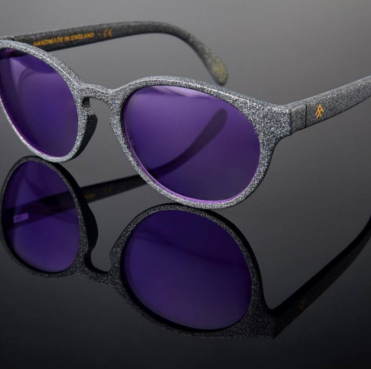Plastic 3D printed glasses
What do 3D-printed spectacles from Mykita, Powder, and Heat have in common? No, it’s not that they’re made-to-measure – although all these brands can offer this – or that they’re original designs. Look more closely… See that characteristic texture? The common feature of all these frames is this, their composition, as they are all made from polyamide.
Classed as a polymer, polyamide is the most commonly used plastic in 3D printing. Also known as nylon, it comes as a powder or filaments and may be colored or uncolored. The printer heats the polyamide and builds the objects requested, layer by layer. The greater the number of layers, the better the end result.
Spectacles and nylon: a rock solid history

© Forma
There are many other materials that are used for 3D printing. If polyamide is the most widely used, though, it is first and foremost its ease of use that makes it ideal for prototyping.
Once the excitement of that wears off, nylon proves to be an asset of choice in the actual production of glasses: ultra light, it is one of few materials that provide a smooth, non-pitted finish. It can be polished to a gloss or matte finish depending on your preference, and it’s entirely possible to add color after printing.
Furthermore, its excellent resistance to impact, weather, and heat (it can withstand temperatures up to 120°C) make it perfect for everyday use.
In the hands of designers Hoet and Orgreen spectacles play on the delicate stippled effect or matte appearance that polyamide allows, making this material a steadfast companion for your custom-made eyewear!
For brands like Forma, its high degree of flexibility makes it perfect for stylish, ultra-light eyewear designed specifically for sport. Based in Budapest, Hungary, the brand also strives to maintain a responsible approach, choosing environmentally friendly nylon and making recycling a priority.
All this makes polyamide the material of choice for manufacturing spectacles via 3D printing. Easy to use and with numerous merits, it’s a real asset for modern, creative spectacle-makers.



